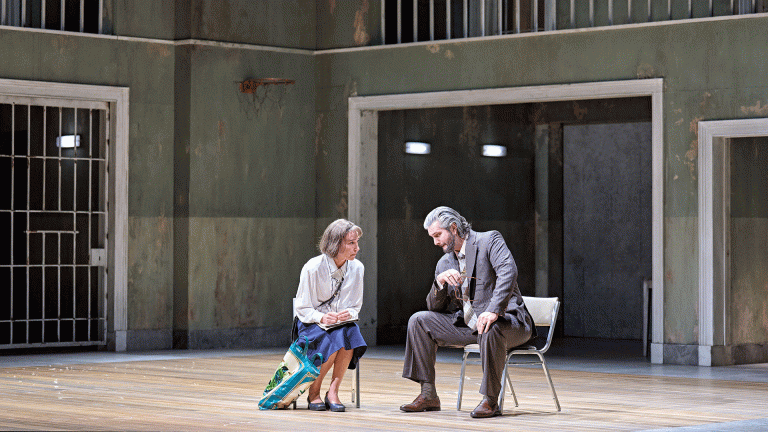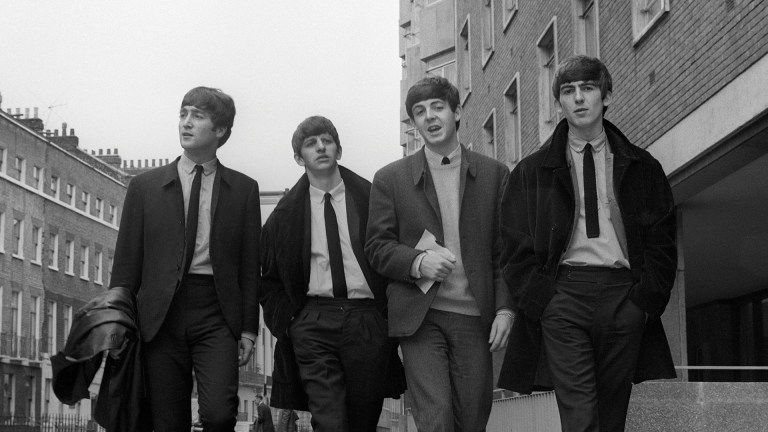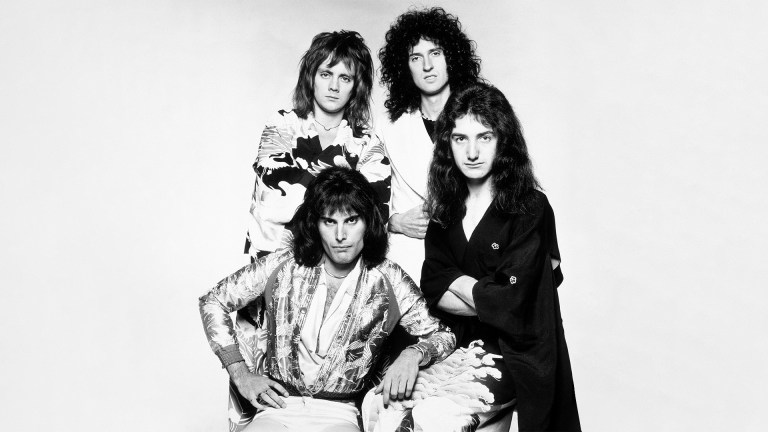Pleasebuy this week’s magazine from the online shop ortake out a subscription to make sure we can continue to support our vendors over this difficult period. You can even link your subscription to your local vendor withour new online map.
Making money was a secondary concern. The label focussed on traditional jazz at first, but it was that inherent curiosity that drew them towards the emerging bebop scene, and to sign their first “modern jazz” artist, Thelonious Monk, in the late 1940s. They twigged the wit and wisdom in his playing that several other labels had failed to recognise.
Monk was given musical autonomy and created some of his finest work at the label, including ‘’Round Midnight’ which became his signature tune. Blue Note was beginning to find its groove, bringing seminal artists like Art Blakey, Jimmy Smith and Hank Mobley into the fold and settling primarily on the ‘hard bop’ sound – an accessible mix of bebop jazz, soul, and rhythm & blues.
The artists collaborated and cross pollinated each other’s recordings, reinforcing the label’s musical identity, along with highly secretive recording techniques of engineer Rudy Van Gelder. When you’re listening to a Blue Note album you know it.
As the Blue Note sound became more discernible, so did its look. Wolff was a talented photographer, stealthy and respectful, with a knack for capturing intimate moments of concentration and camaraderie between musicians at rehearsals and recording sessions. Reid Miles was recruited from Esquire Magazine to design the album covers using Wolff’s photos and the uniformly minimal, monochromatic look became a visual byword for cool.
Advertising helps fund Big Issue’s mission to end poverty
John Coltrane’s Blue Train, Art Blakey’s A Night in Tunisia, those early sessions with Monk – I try to imagine hearing those recordings for the first time, before they’d been filtered through decades of acclaim and validation. How strange, how exciting, how shocking they must have sounded – how resolute Lion and Wolff must have been that the world should hear this music.
Blue Note continues to follow its instincts. Don Was has been at the helm since 2012 and has struck a balance between keeping heritage artists in the public consciousness and staying in tune with the sprawling new sound of Jazz – be that Robert Glasper’s inventive collaborations, Gregory Porter’s cozy soulful tones, or more recently, the ‘jazztronica’ stylings of UK duo Blue Lab Beats.
It’s no wonder the UK scene has caught Blue Note’s attention. It may only now be stepping out of the commercial periphery, but jazz in this country has been in good health for many years, bubbling away with support from DJs like Giles Peterson, Chris Phillips and of course my colleagues at Jazz FM.
Credit must also be given to Gary Crosby OBE’s organisation Tomorrow’s Warriors, which teaches young musicians, for free, the fundamentals of jazz, collaboration and how to bring their own character to their playing. Alumni include Nubya Garcia, Shabaka Hutchings, Moses Boyd and many others responsible for edging this music towards the mainstream with sold out shows, headline festival slots and plenty of daytime radio play.
Advertising helps fund Big Issue’s mission to end poverty
Nubya, Shabaka, and a roll-call of other stars of this ‘new jazz’ scene, were recently invited to choose a track from the Blue Note archives to reinvent for a compilation called Blue Note Re:imagined. A fitting title. This is not a tribute or a cookie cutter covers album. The force of imagination here is what makes it a Blue Note cut, not the tracks themselves, which in some cases only contain trace elements of the originals.
For example, eschewing countless standards from the Blue Note back catalogue, Jorja Smith’s cover of St Germain’s Rose Rouge sees her improvising on the sparse, looping vocal line the group originally sampled from Marlena Shaw’s Woman of the Ghetto. Poppy Adjudha chose a well-loved instrumental piece, Herbie Hancock’s Watermelon Man, adding an original melody and lyric herself.
In the tradition of every brilliant Blue Note record, this is the sound of great talent, granted autonomy.
Anne Frankenstein is a devoted DJ and broadcaster at Jazz FM.









